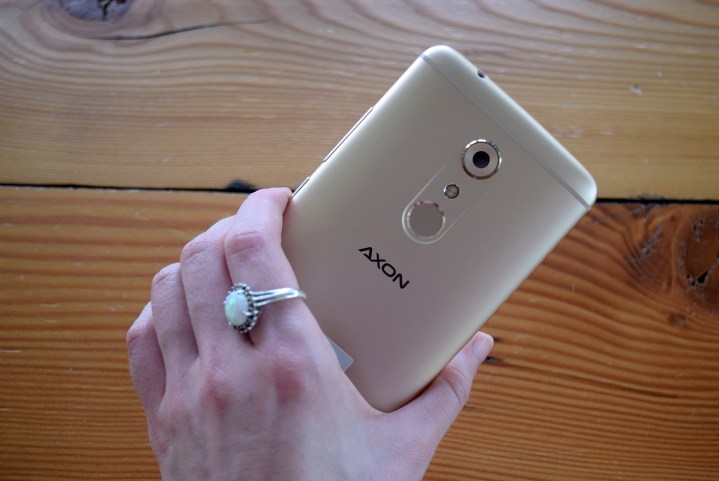
The company unveiled the winner of Project CSX — the code name given to a competition in which customers could submit ideas for what they think will be the next great mobile device. Anyone could submit ideas on what the device should be, its features, and what it should look like — there were not any guidelines, no platform — not even a skeleton structure on how users should submit their ideas. So what won? An eye-tracking, self-adhesive phone.
There are plenty of advantages to have an eye-tracking phone. Perhaps the most prominent is that you do not have to touch the phone to control it. Instead, the device tracks your eye movement, essentially letting you scroll up or down hands-free. The self-adhesiveness to the phone lets you mount it to a wall or flat surface, letting you put in the best position for eye-tracking.
The competition was an interesting one. Other ideas in the top five included a stock Android flagship phone from ZTE, which would do away with ZTE’s Android overlay. Another idea was a VR-interactive diving mask, or a waterproof VR mask that lets you swim anywhere while showing images that make you feel like you are in the ocean.
It makes sense that people would want to pitch in to a competition like this one. Many people complain about their smartphones or the features on a new phone — lately the culprit seems to be a lack of a removable battery or no microSD card slot. This competition, however, let people submit what they think would make a great device, making them feel like their voices were being heard. Not only were fans heard by submitting ideas, but they could also vote on the submitted ideas.
On top of the cash prizes that some of the winners received, the overall winner will be flown to CES 2017 to join ZTE during the show. The winner also gets their device brought to market at some point in 2017, so expect to see an eye-tracking adhesive phone made available in the near future.
This story was originally published in August 2016. Updated on 10-20-2016 by Christian de Looper: Added information about winning device.


